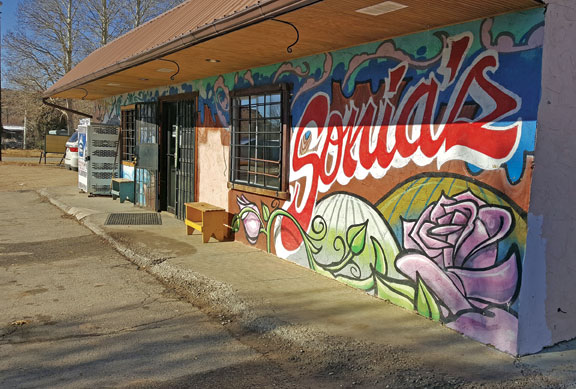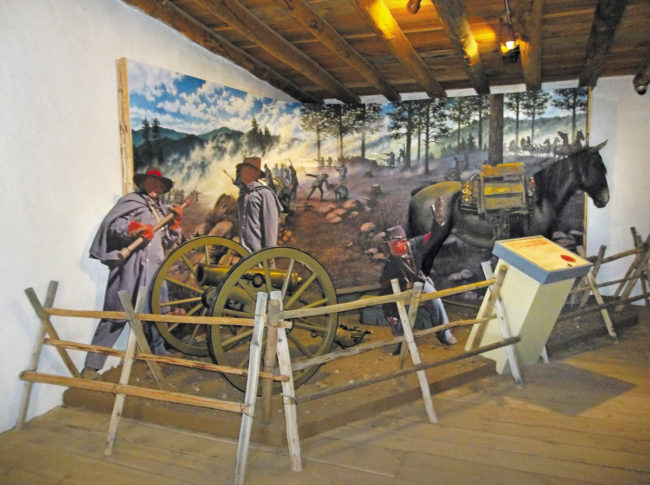By Forrest Whitman San Acacio Church is not often visited. It’s located south of San Luis, Colorado, and out of the way for most tourists. Getting there you pass a dozen fascinating places to stop. You’ll pass right by Fort Garland. As the sign says, “You pass by all the time, so why not stop?” Even if you’ve read the history of the fort you’ll see some little things when you go in yourself. The famed “buffalo soldiers” made their impact here and you can sense them even though the fort is all reconstructed. These were young African American men…


